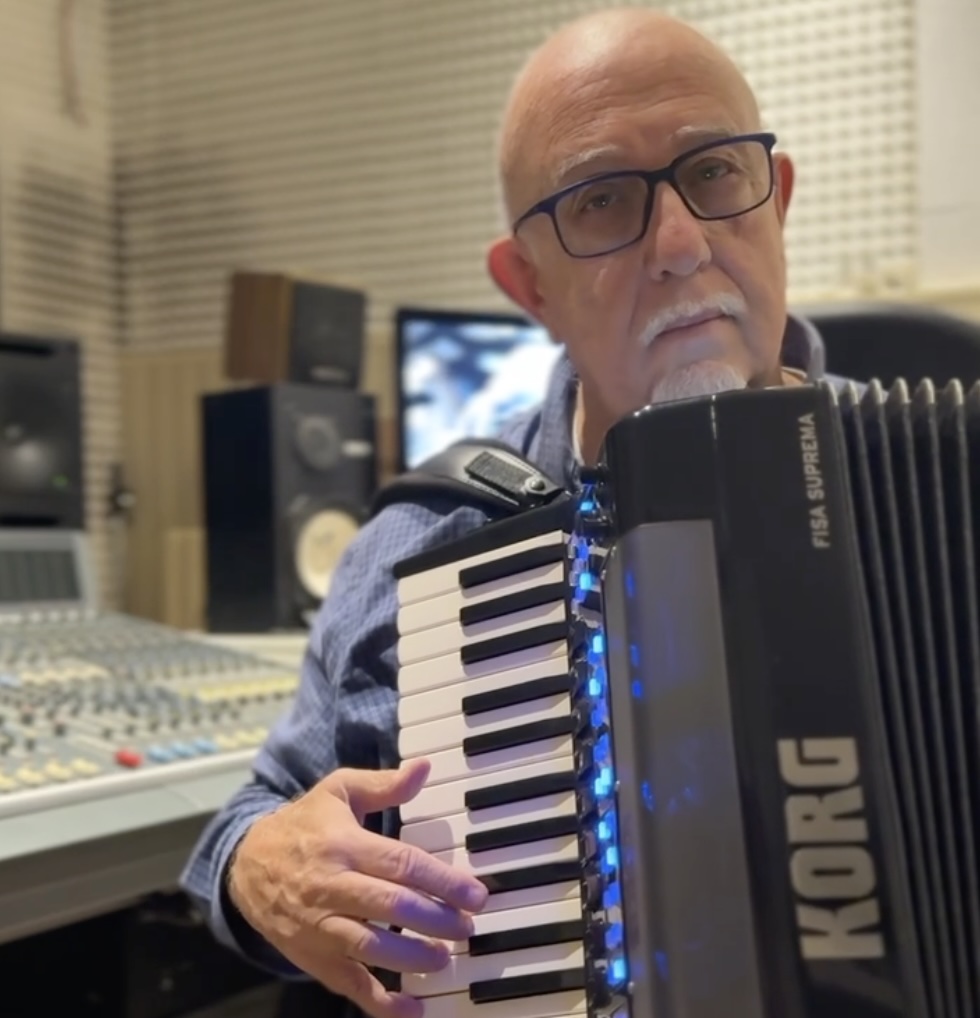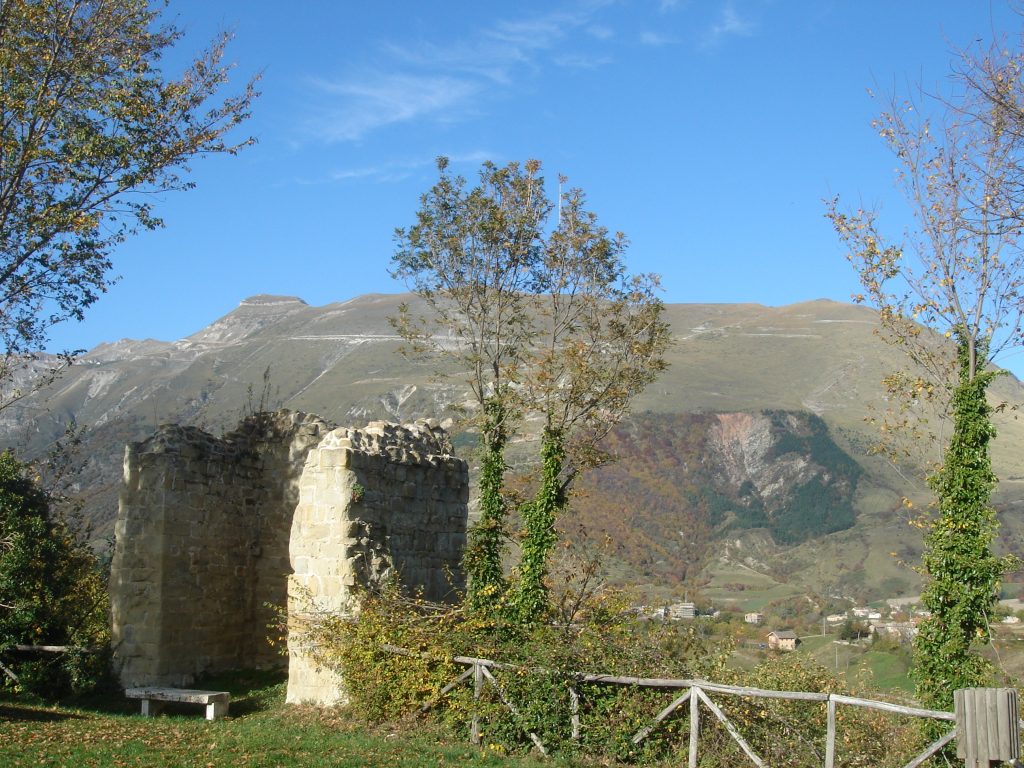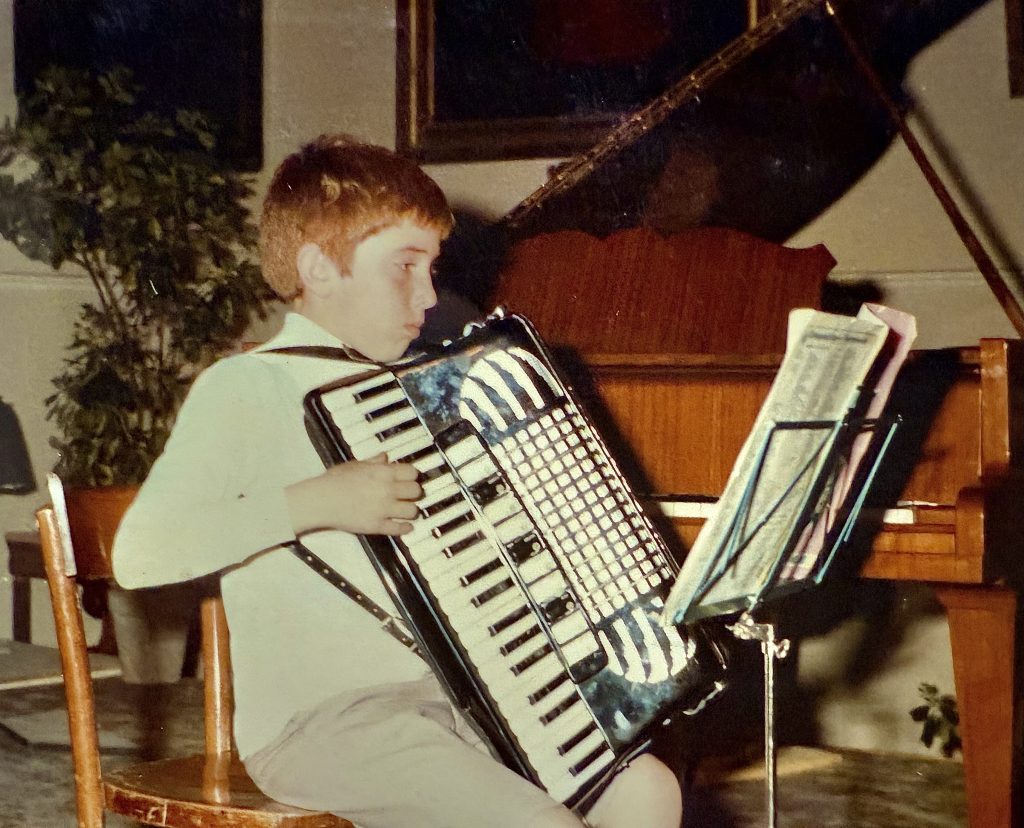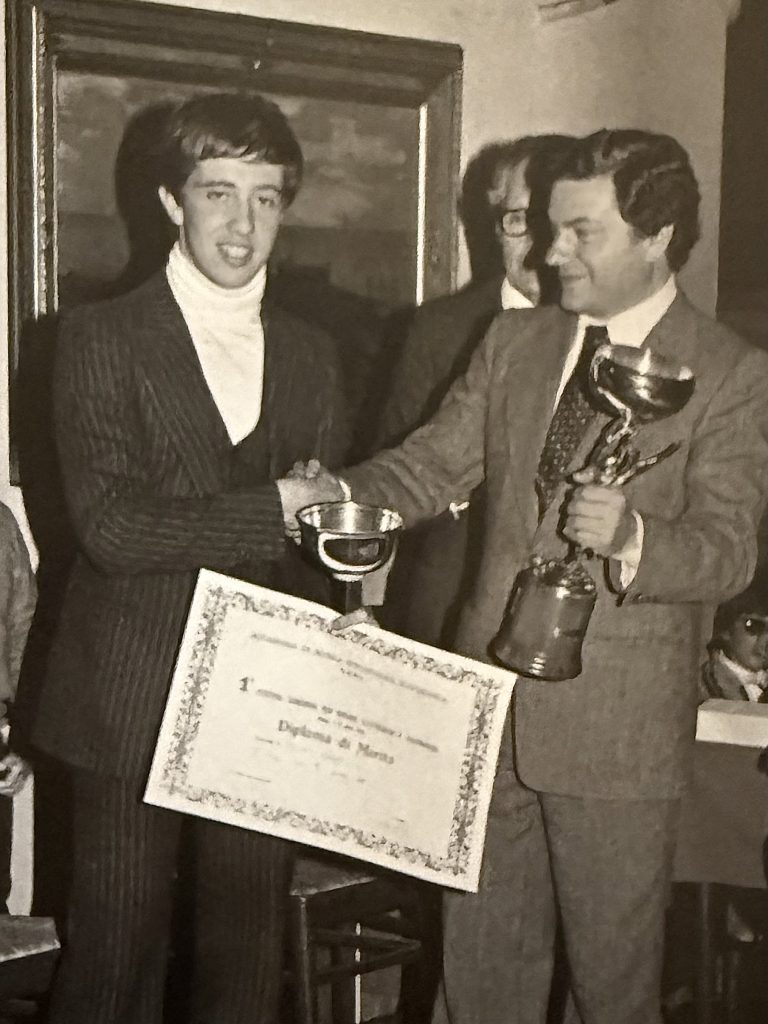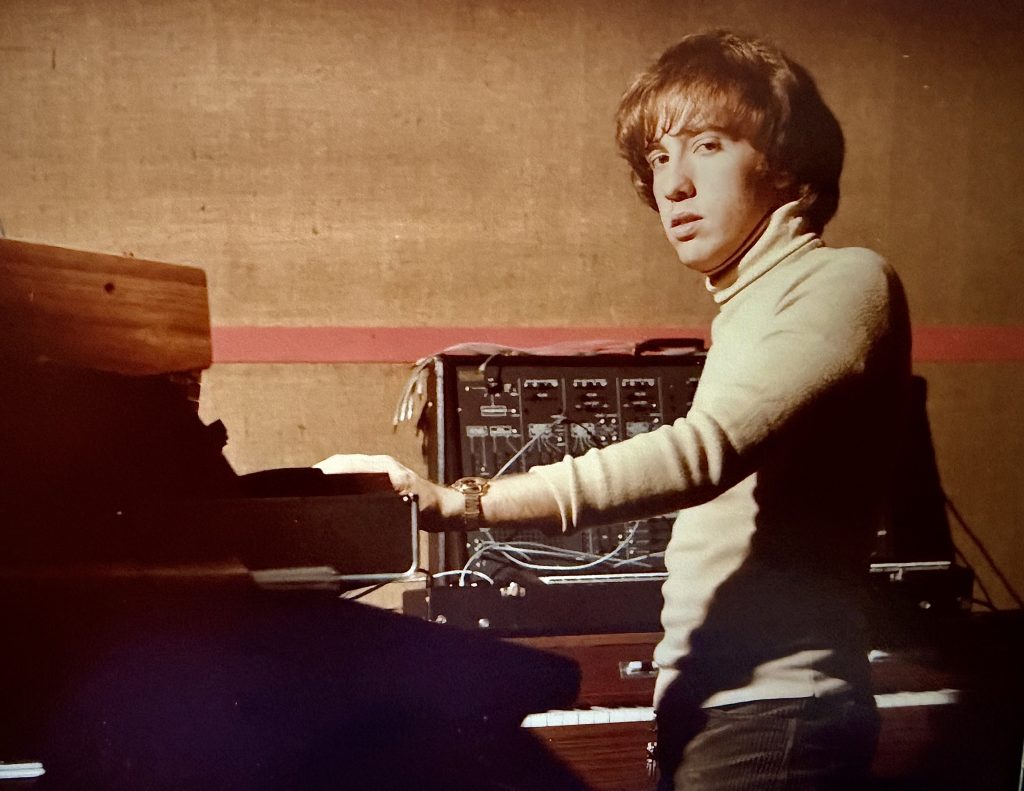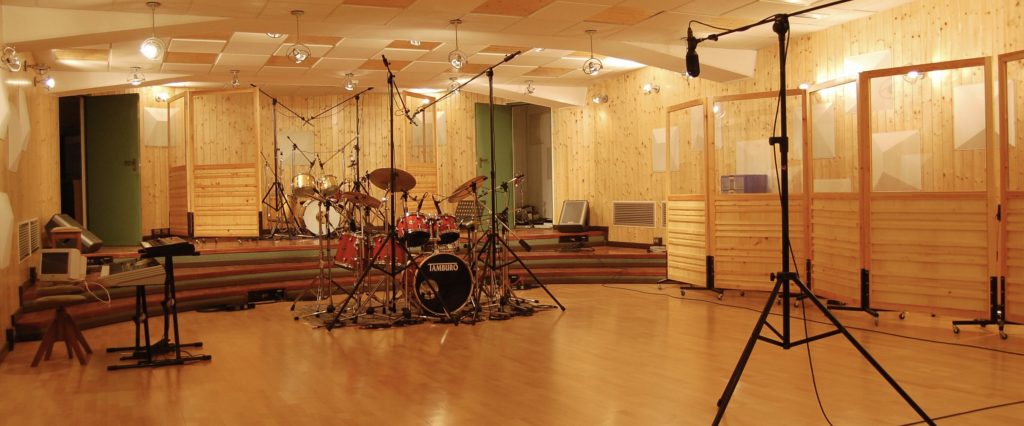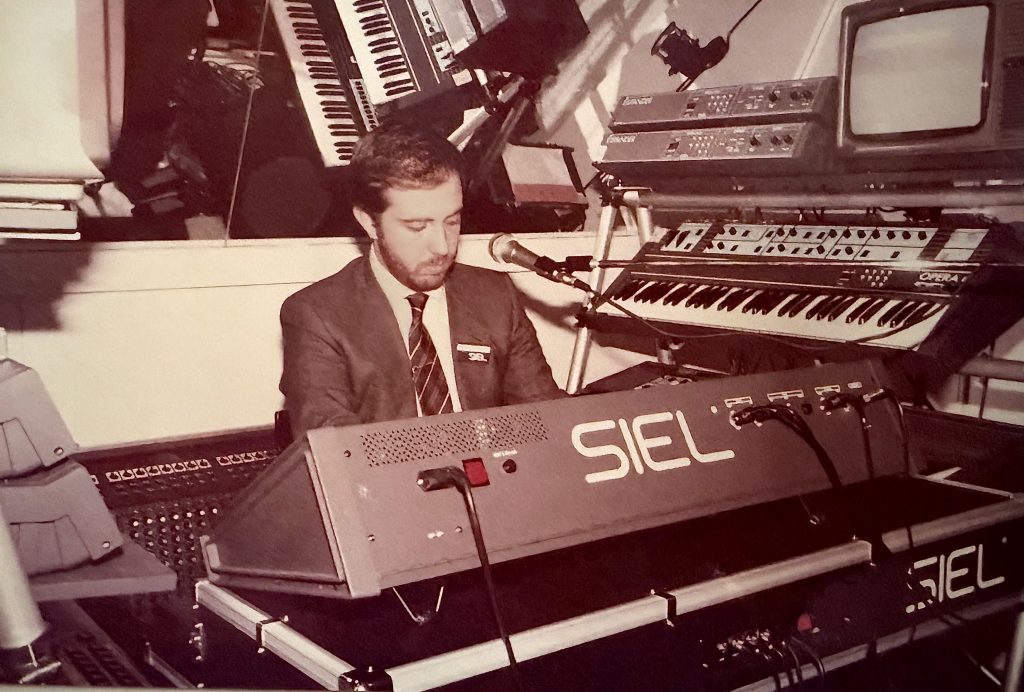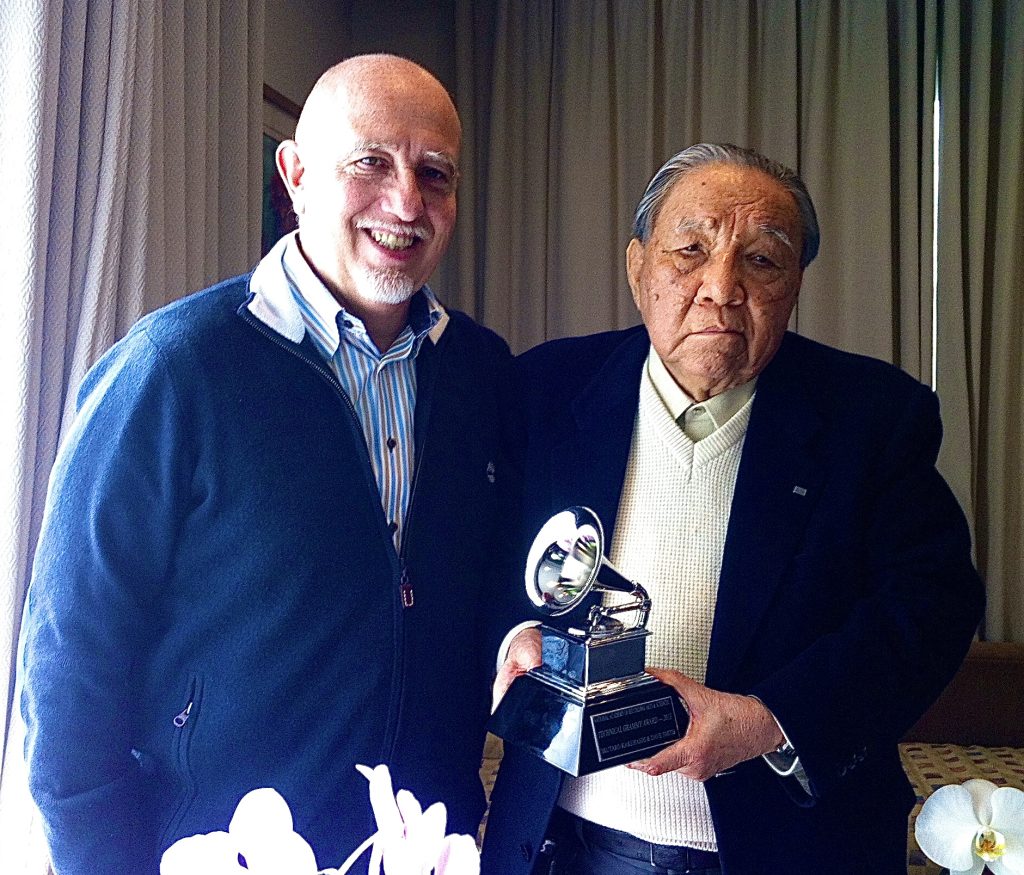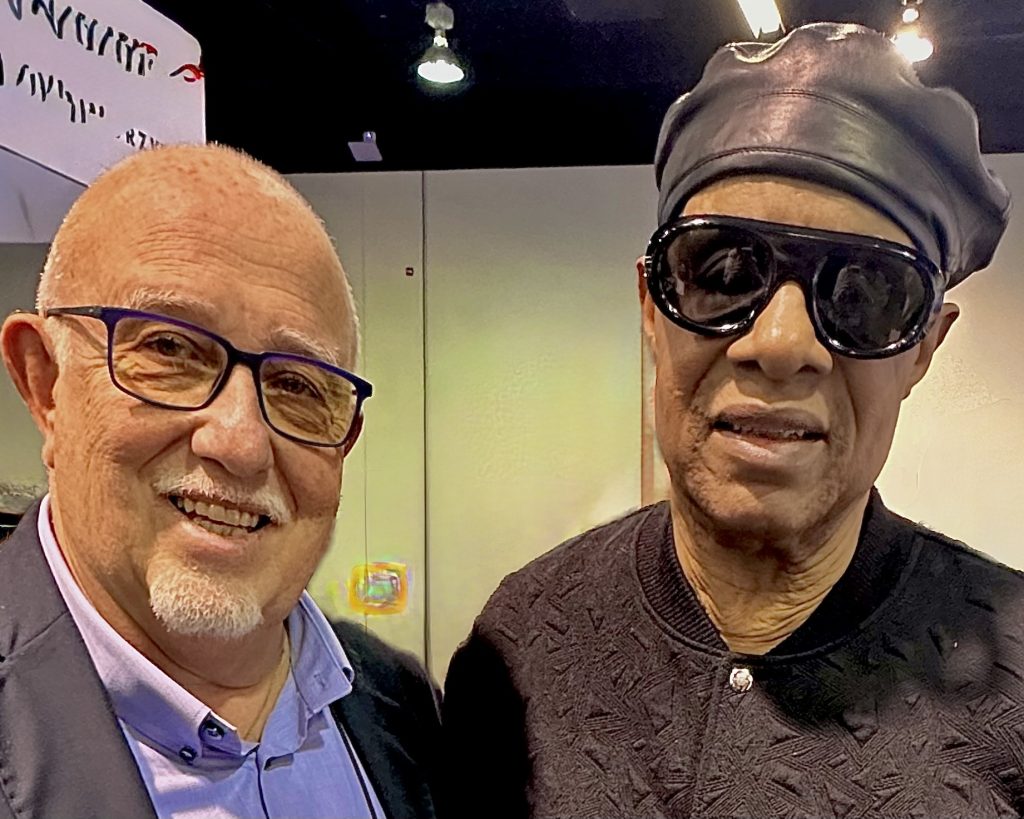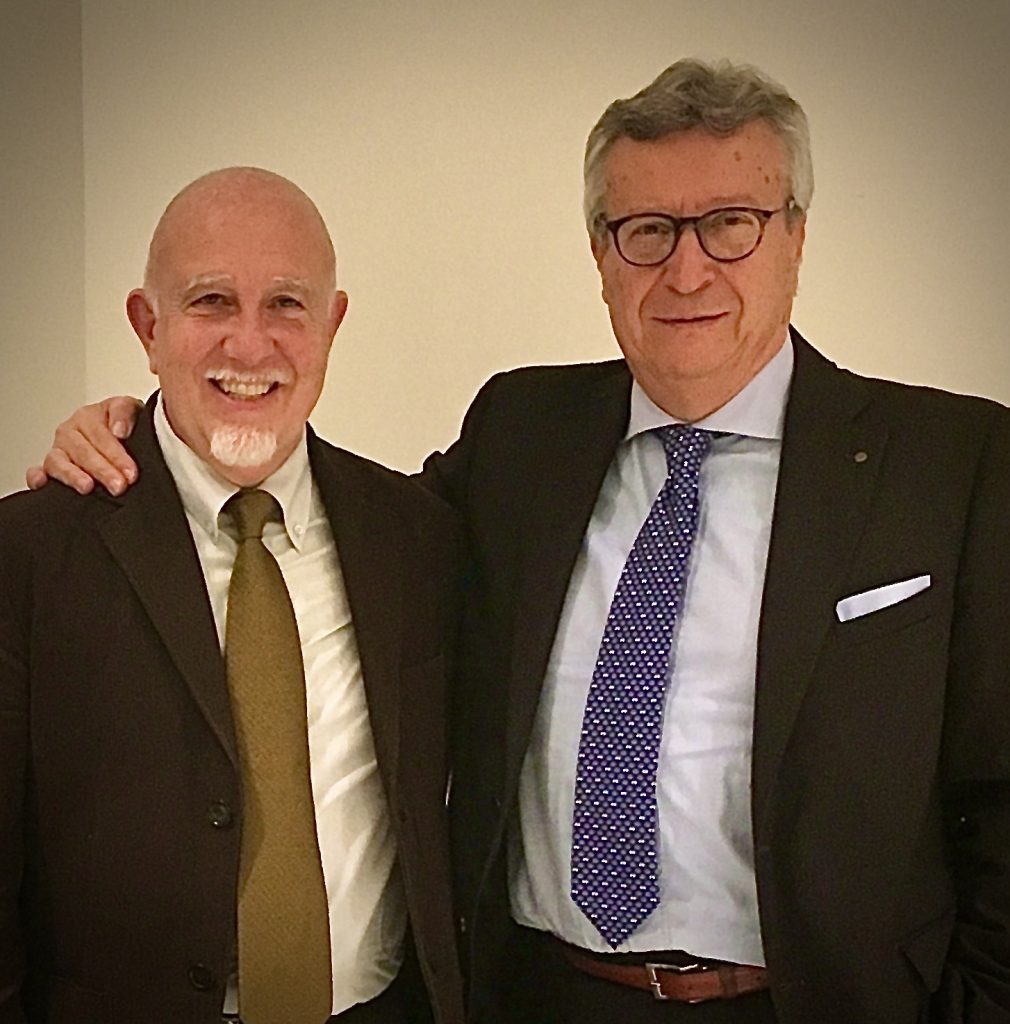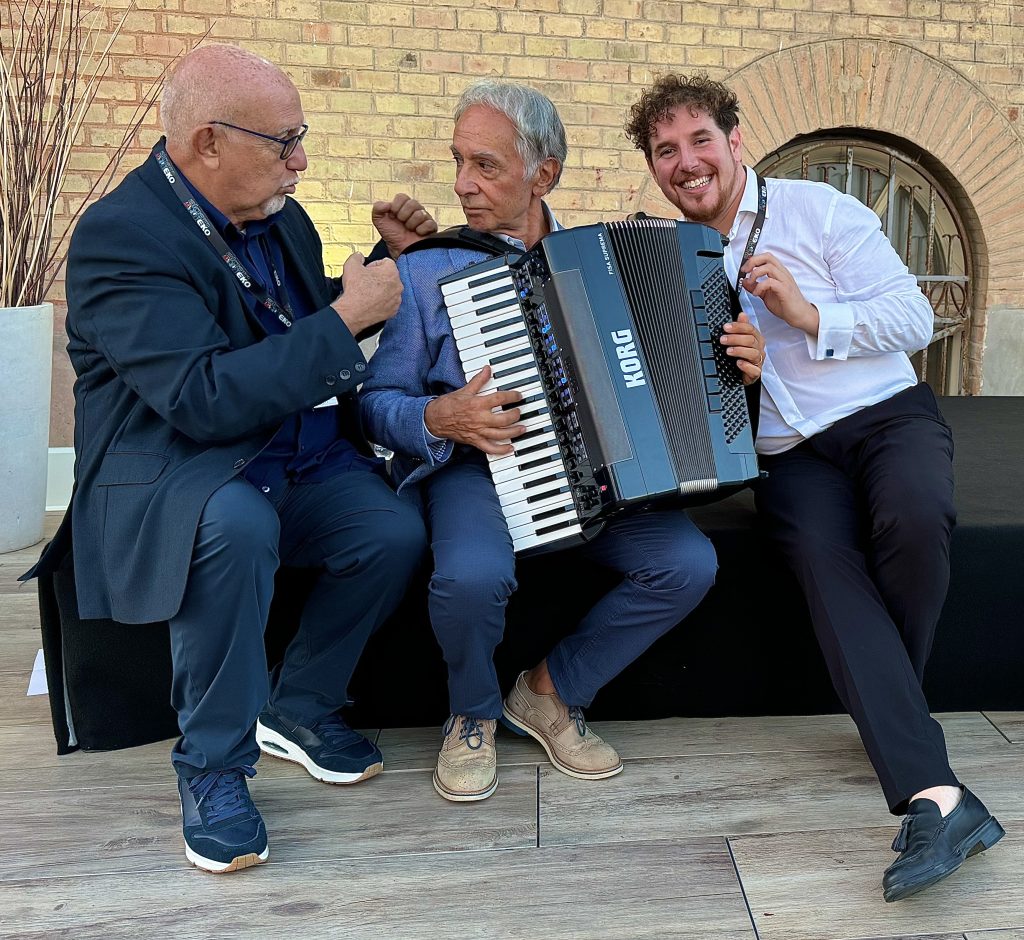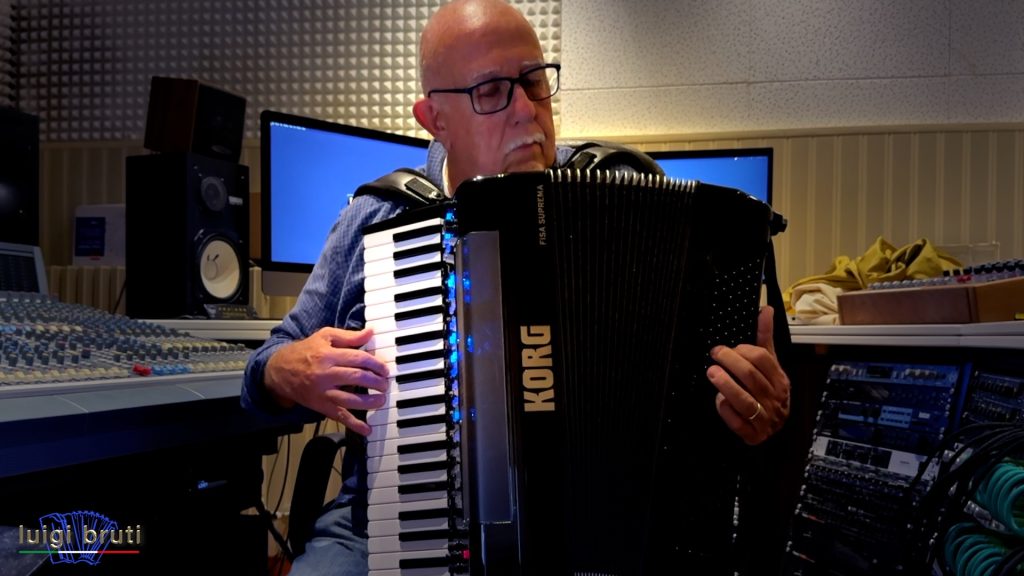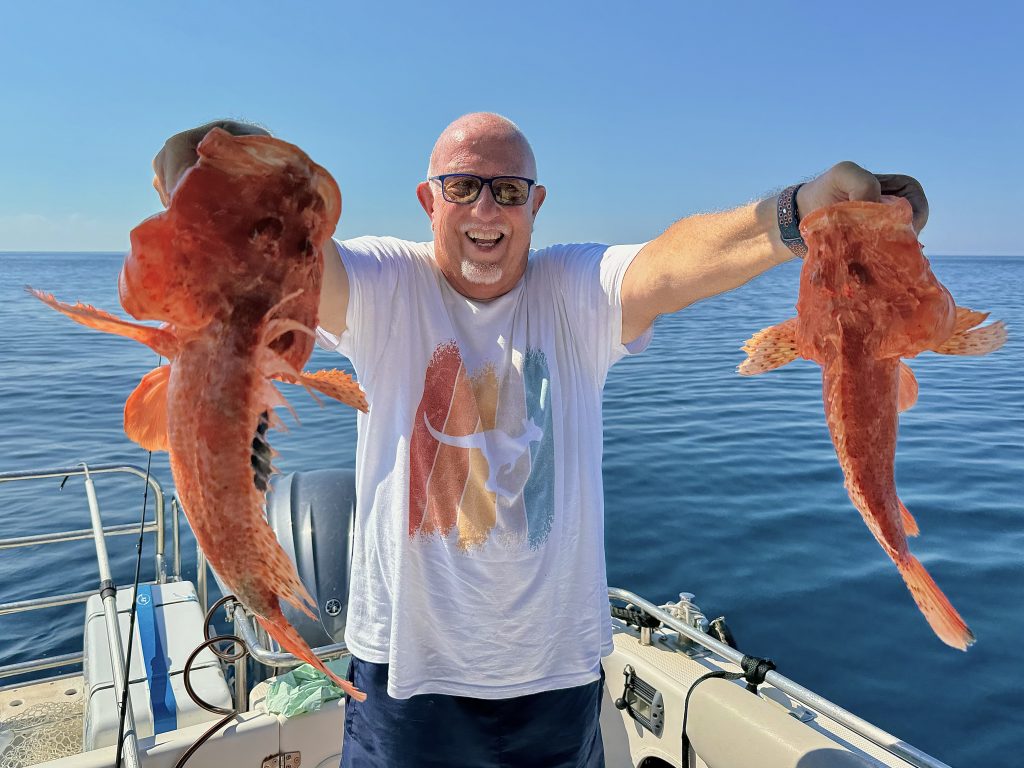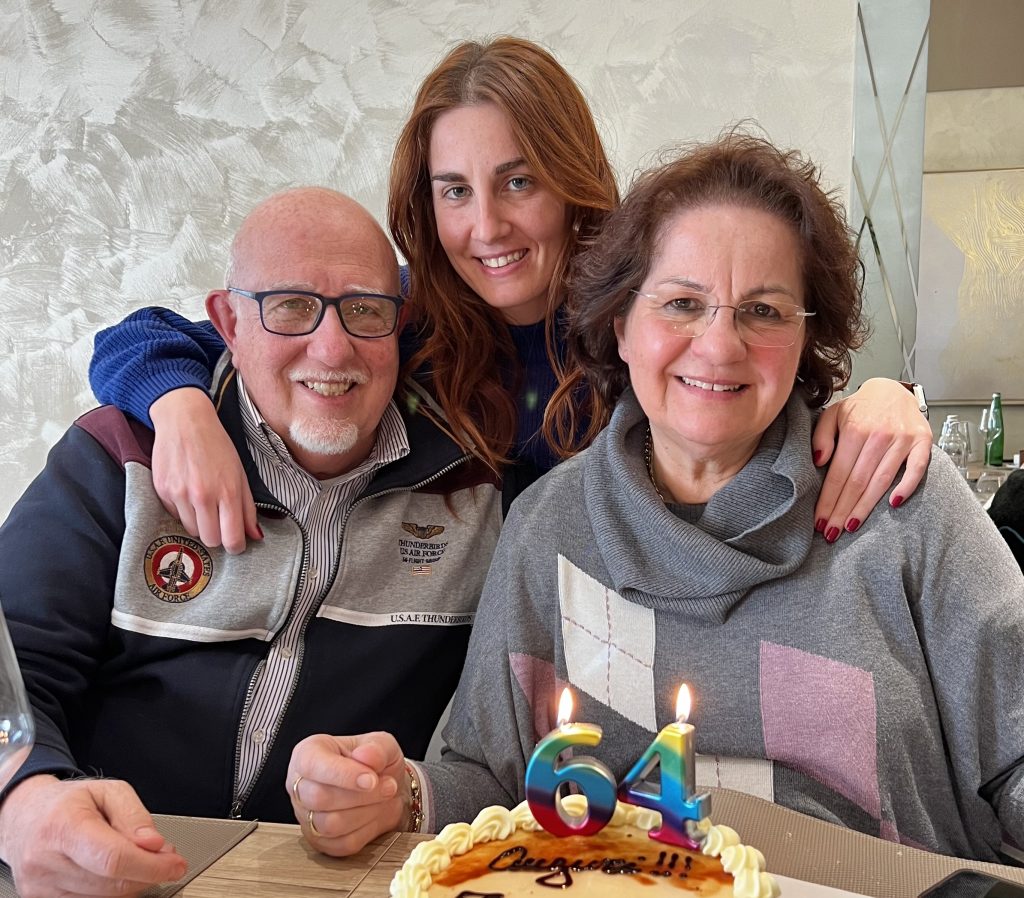Between Mountains, Oceans, Studios, and the Future of the Accordion
A life woven from nature, technology, and the timeless poetry of sound.
Click each picture to view in large size:
From the silent, poetic landscapes of Montemonaco, a small village in the Marche Region, to the legendary studios of Rome and the most daring international collaborations, Luigi Bruti’s journey is a true symphony of tradition, technology, and boundless passion. Accordionist, keyboard player, film music composer, sound designer, and visionary, Bruti has dedicated his life to exploring the soul of sound, creating and contributing to instruments and music that touch hearts and cross boundaries. In this exclusive interview, he shares the milestones of a life devoted to music, from the first spark of inspiration to his latest futuristic projects.
Q: Luigi, let’s start from the beginning. Where did your passion for music come from?
A: I was born in 1960 in Montemonaco, a picturesque village nestled among the Sibillini Mountains in the Marche Region of central Italy. That landscape, full of silence and wild poetry, has always been my first true concert hall. I still remember listening to the wind moving through the trees as a child, it felt like a natural symphony that taught me to listen deeply, even before I learned to read music.
My journey began very early, at the age of six, when my grandmother Teresa gave me an accordion, telling me that this would be the instrument through which I could truly express myself. I owe everything I have achieved musically to her.
Later, I completed a scientific high school diploma, but my passion was always music. I continued my studies, earning several diplomas at the Conservatory in Theory and Solfeggio, Complementary Harmony, Electronic Music, and Piano, along with the C.D.M.I. diploma in accordion, a credential that later became the benchmark diploma at the first conservatories dedicated to the instrument.
Q: You soon became an acclaimed accordionist. Can you tell us about those first important milestones?
A: In 1976, I won the Italian Accordion Championship, and the following year I also took the international title. Those prizes marked the beginning of an adventurous path.
During those years, I founded and played as keyboard player in pop groups such as I Monaci and Il Vascello Fantasma, recording albums and performing on major Italian TV shows like Domenica In, Festivalbar, and Disco Ring.
Those were electric years, full of youthful fire and endless curiosity.
Q: You also worked a lot in the world of film music. How did that experience shape you?
A: From 1978 to 1980, I collaborated with a record label distributed by Fonit Cetra as a composer, performer, and synthesizer programmer, creating film soundtracks. I spent countless hours at the Orthophonic Recording Studio in Rome, a legendary place founded by Ennio Morricone, Armando Trovajoli, Luis Bacalov, and Piero Piccioni. Later renamed Forum Music Village, it felt like a second home to me.
There, I didn’t just learn, I absorbed. I listened to the masters, sometimes participating as a session musician alongside giants like Morricone and Piccioni. One unforgettable highlight was Passione d’Amore by Ettore Scola, where I had the honor of working with Maestro Armando Trovajoli, composing and performing part of the soundtrack on my acoustic accordion.
Q: When did you decide to create your own recording studio?
A: While working in big-city studios, I noticed that everything was strictly timed: you entered, played, and left. There was no space for sudden inspiration or human connection. That sterile environment pushed me to dream of something different, not just a studio, but a creative refuge, a sanctuary where sound could breathe and grow, and where technology would serve the heart rather than suffocate it.
Q: How did this dream become reality?
A: In 1980, I founded Marche Recording Studio with two friends. We began with an 8-track Fostex recorder, then soon moved to 16 tracks. In the 1990s, as digital audio and DAWs revolutionized the field, I became the first in Italy to experiment with hard disk recording using three Roland DM-80 units, bringing the studio to 24 digital tracks.
Over time, new spaces, investments, and advanced equipment transformed it into MR Studio, a place where craftsmanship and cutting-edge innovation walk hand in hand. And just to clarify, MR stands for Marche Recording Studio and is pronounced “Em Ar,” not “Mister Studio.”
If you’d like to discover more about the studio and my projects, you can visit this link: https://mrstudio.it/en/homeeng/.
Q: Alongside this, you also worked on instrument design. Tell us more?
A: From 1978 to 1989, I worked as a musical consultant for SIEL, contributing to iconic
instruments like the Cruise, Siel Orchestra 2, Piano 4, and Opera 6. We also cooperated with Sequential Circuits and ARP to develop special keyboard models such as the Prelude, Fuge, and Quartet.
Then, from 1989 to 2014, I joined Roland Europe, first as Director of R&D and later as Marketing Director. I designed the entire line of Arranger Keyboards, from the E-20 to the G-70 and filed numerous patents worldwide. I also composed many demo songs and collaborated on sound libraries for companies like ILIO entertainments / Spectrasonics in Los Angeles.
Many of the sounds included in the products I have developed were created right here at MR Studio.
Q: Your name is also linked to the V-Accordion. What was your role?
A: During my time at Roland, my contributions were recognized by Ikutaro Kakehashi in his book “I Believe in Music”, particularly for my role in developing the V-Accordion, an instrument I envisioned and researched from its earliest sketches.
In addition to the numerous patents I created for arranger products, at that time I also filed six specific patents for the digital accordion: “Method for reproducing the sound of an accordion electronically”, “Proportional bellows movement by controlled motor or electro valves”, “Electronic musical instrument provided with a keyboard having keys made of plastic material”, “Method for the dynamic division of a keyboard of a musical instrument in order to play different sounds”, “Electrically controlled control valve to control the air stream of a bellows of an electronic accordion”, and “How to increase the stroke of electronic accordion buttons by the use of collapsing rubber rhombus“.
Q: Throughout your career, you must have met many incredible artists. Are there any memorable encounters you’d like to share?
A: Absolutely. Over the years, I’ve had the privilege of meeting and working alongside extraordinary musicians from around the world. These encounters always enriched my vision and my sound.
One in particular that I will never forget is Stevie Wonder. Meeting him is always an unforgettable moment, a true lesson in humility, creativity, and pure musical soul. Experiences like these remind me that music is a universal language that can unite us all beyond any boundary.
I have always admired musicians who dared to cross genres, from Astor Piazzolla to Chick Corea and I’ve tried to create tools that give artists that same freedom to experiment and explore new musical landscapes.
Q: What happened after Roland Europe closed?
A: In 2014, after Roland Europe closed, I gathered a team of 12 engineers and musicians to develop two innovative technologies: True to Life (T2L) for digital pianos and Harmony Poly-Fragmentor (HPF), which led to XMURE, the first iOS app with real audio accompaniment instead of MIDI.
This project caught the attention of Fabrizio Sorbi, CEO of PROEL, who acquired Roland Europe, leading to the birth of DEXIBELL, presented at NAMM in 2016.
Q: In recent years, you’ve worked on a groundbreaking project: the FISA SUPREMA. Can you tell us about this collaboration?
A: From 2021 to 2024, I had the honor of leading the Italian DEXIBELL team in an international collaboration with KORG Japan, under the direction of Fati Fehmiju, to develop the FISA SUPREMA KORG’s first digital accordion.
This project was a true blend of tradition and advanced technology, merging different cultures, skills, and visions into one instrument.
The FISA SUPREMA introduced advanced bellows sensors that reproduce the dynamics of an acoustic accordion, extensive sound customization, and full MIDI integration for modern production needs.
It was met with great international acclaim and quickly became an essential tool not only for live and studio performance but also for film soundtracks, providing a level of realism and expressiveness never seen before.
I believe we are just at the beginning. Digital accordions will evolve even further, opening new worlds for young musicians who want to experiment and create hybrid sounds no one has heard before.
Q: What makes the FISA SUPREMA so special for you personally?
A: My entire professional story, my experience in film soundtracks, sound design, and the creation of advanced electronic instruments, became the perfect blend of expertise that allowed me to program and perform soundtracks with the FISA SUPREMA with astonishing, world-unique authenticity and emotional depth.
Q: Your performances of film soundtracks on the FISA SUPREMA are truly unique.
Can you tell us what goes on behind preparing such an arrangement?
A: Every performance starts from a deep process of study and emotional immersion. First, I choose the piece and ask myself if, by reducing a full orchestral score to just two hands on an accordion, I can preserve not only the sound but also the original spirit the composer wanted to convey.
I usually begin by simultaneously creating the so-called “Scenes” (sound memories) and working on a reduction and transcription for accordion. Sometimes, halfway through the process, after weeks of work, I realize I can’t fully express the piece’s essence, and I have to abandon it. For me, it becomes almost an obsession to replicate the exact sound of the original track, trying to emulate as faithfully as possible what I hear in the orchestral version with what I play on the FISA SUPREMA.
Over the years, I have arranged and recorded many soundtracks, of course by Ennio Morricone, but also Nicola Piovani, Vangelis, John Williams, Hans Zimmer, David Foster, and others. Some pieces took only a few days, but for example, the reduction of Jurassic Park by John Williams was a titanic endeavor that took me over six months.
I have also produced many video walkthroughs to show how I managed to simulate certain sonic environments. Otherwise, people might think I’m using backing tracks or other tricks, but everything is played live, in real time.
At the end of this interview, you can find some videos of my soundtrack performances.
For those interested in listening to my various performances with Fisa Suprema, I have created a dedicated YouTube channel, which you can visit at: https://www.youtube.com/@luigibruti.fisasuprema.
Q: Besides music, do you have any hobbies or passions that inspire you?
A: I am a technology enthusiast and an early adopter of anything innovative, from computers and plug-ins to drones, navigation systems, and futuristic electric cars.
But since music is my primary job, my true hobby is my passion for the sea, navigation, and sport fishing. I own a motor-powered offshore catamaran built in Australia, which I personally commissioned in Perth. With it, I go on sport fishing trips with a group of friends.
Even there, I am fascinated by extreme technology: infrared cameras for night navigation, 3D fish-finders, satellite-based navigation systems, and more. A day at sea for me feels like a week of vacation, it completely resets my stress levels and allows me to regenerate. Out there, I can creatively imagine new solutions, new sounds, and new compositions.
Q: Finally, after all these years, what does music mean to you today?
A: Music is not just a career or an art form; it is a living space, a language of the soul. For me, music remains a journey – a way to explore the deepest emotions and share them with the world. It’s about creating connections, transcending boundaries, and ultimately, finding the purest form of truth. And above all, my dream has always been, and still is, to create instruments that inspire the creativity of musicians everywhere.
I also want to thank my family, my wife Tiziana and my daughter Anna, who have always supported (and endured) me during the long periods of design work and preparation for performances, which often see me working even on holidays and, being an early riser, in the early hours of the morning when everyone else is still asleep.
Video Performances
This performance was purely live, without the use of backing tracks or MIDI sequences ** Performer: Luigi Bruti Accordion: KORG Fisa Suprema (Aero Digital Instrument)
Song: Jurassic Park Theme Composer: John Williams Movie Soundtrack: Jurassic Park Musical reduction and adaptation for accordion:
Luigi Bruti Audio-Video Recording and Editing: MR Studio srl
At https://www.youtube.com/@luigibruti.fisasuprema you can also see a walkthrough of how Luigi Bruti made the programming of the KORG FISA SUPREMA to achieve a live performance using only the internal sound and effects, without any backing tracks.
At https://www.youtube.com/@luigibruti.fisasuprema you can also see a walkthrough of how Luigi Bruti made the programming of the KORG FISA SUPREMA for each work to achieve a live performance using only the internal sound and effects, without any backing tracks.


